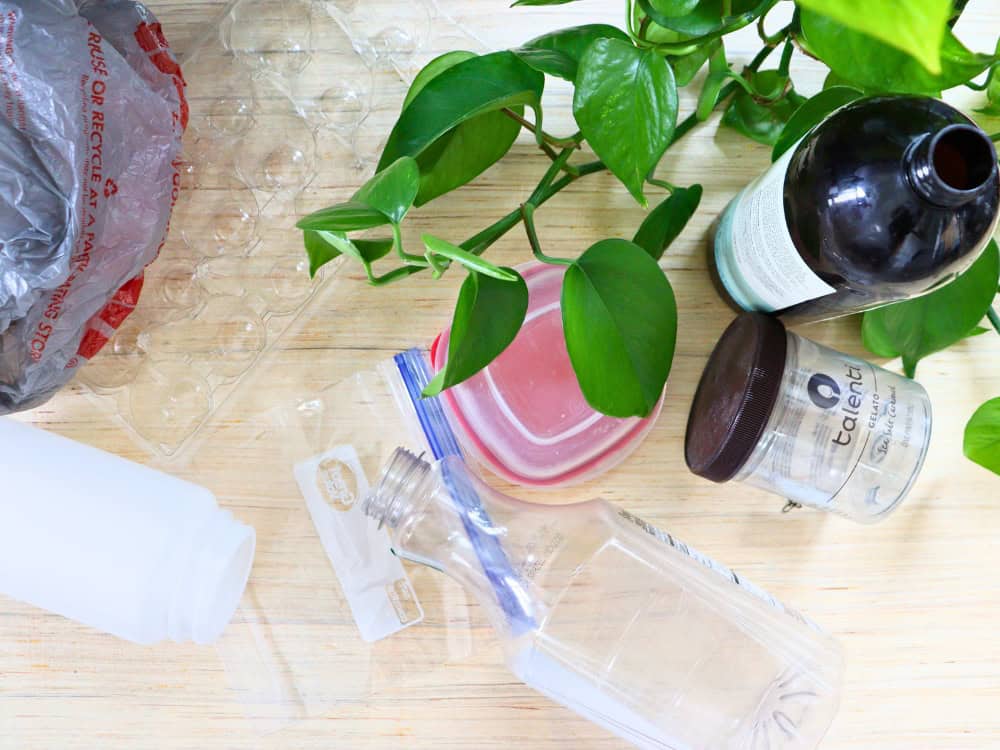
7 Types of Plastic To Know To Become a Plastic Recycling Pro
We’ll spare the details of six-pack-soda-collar-choked turtles and plastic-lined stomachs of birds and just leave it at this: plastic is a huge problem.
If you don’t believe us, imagine 50 million tons of it forming a floating island twice the size of Texas in the ocean.
Here’s where many cry, “But I religiously recycle my plastics! Mine surely aren’t contributing to that.” It should horrify (but maybe not surprise) you to know many plastics that are “recycled” don’t actually end up being so, for one reason or another.
Some of the most prevalent of which are improper recycling efforts and lack of know-how—which is why understanding the different types of plastic is crucial to ensure our recycling efforts have the positive impact we tell ourselves they do.
Hit play on that 1996 Aqua pop hit ‘Barbie Girl’ and let’s talk about “life in plastic”.
The Full List Of Types Of Plastic & Recycling Tips
- Why Learn The Types Of Recyclable Plastic
- An Overview Of Types of Plastic Materials
- Plastic #1 Polyethylene Terephthalate (PET)
- Plastic #2 High-density Polyethylene (HDPE)
- Plastic #3 Polyvinyl Chloride (PVC)
- Plastic #4 Low-density Polyethylene (LDPE)
- Plastic #5 Polypropylene (PP)
- Plastic #6 Polystyrene (PS)
- Plastic #7 Misc.
Why Learn The Types Of Recycable Plastic
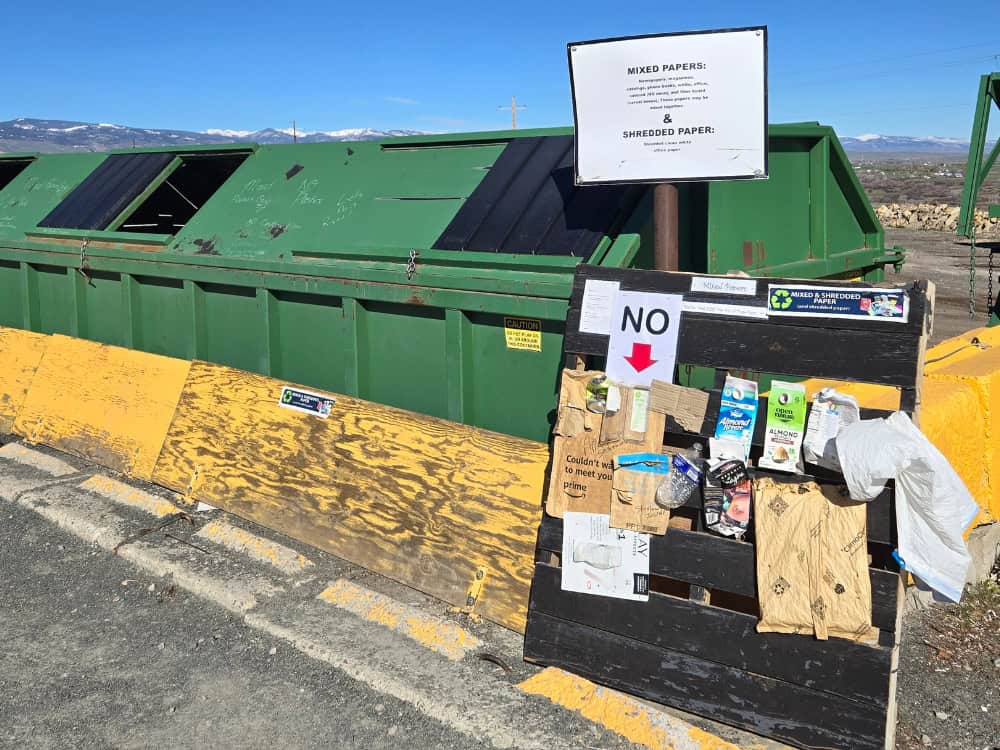
For better or for worse (and I think we all know which, plastic has changed the world, making modern life possible by extending the life of our food, creating life-saving devices, and being present in 60% of the fabrics we wear.
Despite the good it’s given us, it’s also given us a whole lot of bad, being created from non-renewable fossil fuels (petroleum) and not biodegradable. We have to come up with a solution to both sourcing and disposal of plastic products, and while recycling is our LAST choice when it comes to following the 5 Rs of zero waste, it’s really the only viable end-of-life solution for most kinds of plastic.
As such, many people indiscriminately toss their plastic goods into the blue curbside bin without giving much thought about what happens next. Surely someone will figure out what to do with it, right?
Not so. Putting something in the recycle bin guided purely by the hope that it will get recycled is called “wish-cycling”, and it’s a huge source of recycling contamination. Recycling contamination is simply mixing recyclable items with non-recyclable ones or even just mixing incompatible types of recyclables. It’s a huge problem, because contamination causes 25% of otherwise recyclable items to be sent to the landfill.
Globally, a whopping 91% of plastic does end up being recycled.
But our recycling dreams need not melt with that No. 1 plastic bottle in the incinerator. Knowing the different types of plastic and their uses puts the power of proper recycling back in our capable hands.
An Overview Of Types of Plastic Materials
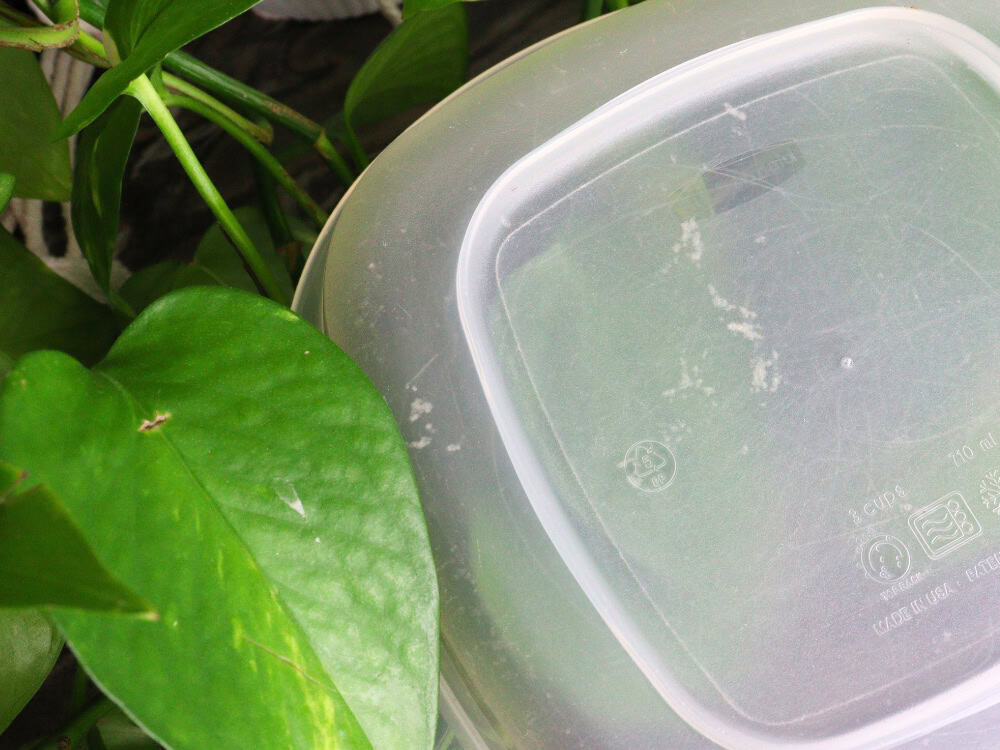
In terms of how to tell what kind of plastic something is, most types of plastic packaging will tell you. Turn the container the bottom and look for a mobius loop (a triangle made of three arrows) with a number printed inside. This number specifies the plastic type, which will be one of the following:
- Recycling #1 (PET or PETE): Recyclable. Typically repurposed to make shoes, textiles, pillow stuffing, sleeping bags, luggage, and more.
- Recycling #2 (HDPE): Recyclable. Typically repurposed to make fencing and plastic crates.
- Recycling #3 (PVC): Can be recycled, but rarely is. Repurposed PVC can be turned into flooring.
- Recycling #4 (LDPE): Can be recycled, but typically only through grocery store collections. Repurposed to make garbage cans.
- Recycling #5 (PP): Not recyclable through curbside collection, but can be repurposed to make rakes and ice scrapers.
- Recycling #6 (PS): Not recyclable. Better to reuse yourself if possible.
- Recycling #7: Not recyclable, but can be repurposed to make park benches and outdoor decks.
If you feel like your mind is swimming in plastic and numbers (much like the fish are IRL), we get it. That’s why we’ve included general rules on which are recyclable, but keep in mind different municipalities have different rules regarding recycling so always contact your local recycler or look up guidelines to confirm what type of plastic your facility accepts.
For that which you can’t recycle locally (or items made with multiple kinds of plastic that can’t be disassembled, like deodorant), check out mail-in recycling options like Terracycle.
But even recyclable plastics can be deemed unrecyclable if they aren’t properly prepared (like removing the labels and caps and rinsing out food and liquid remnants). Not all facilities require you to rinse your recyclables, but it’s a safe bet to do so anyway.
Plastic #1: Polyethylene Terephthalate (PET/PETE)
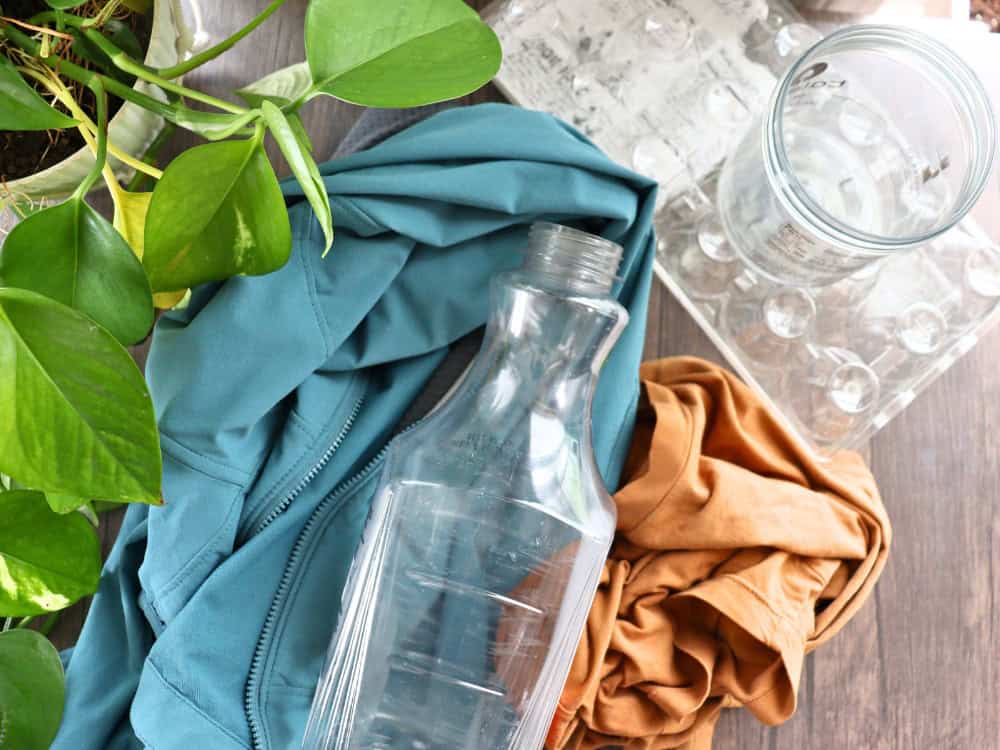
PET is the most widely used plastic in the world, being the top type of clear plastic for most bottling and packaging. Think: water and soda bottles, peanut butter jars, and (taking the form of the synthetic fabric polyester) carpeting and clothes.
Fortunately, PET is also #1 among types of recyclable plastic. Still, its overall US recycling rate still sits at only about 30% despite over one billion pounds of it getting recycled (into rPET) every year.
rPET often takes the form of textiles like sustainable activewear, but since PET degrades, it can only be recycled so many times, so it’s usually “downcycled” into a product of lesser value (like fiberfill or carpeting). Researchers at the US Department of Energy’s National Renewable Energy Laboratory are working on combining recycled PET with other materials (like waste plant biomass) to produce a recycled material more durable than the original plastic.
Plastic #2: High-Density Polyethylene (HDPE)
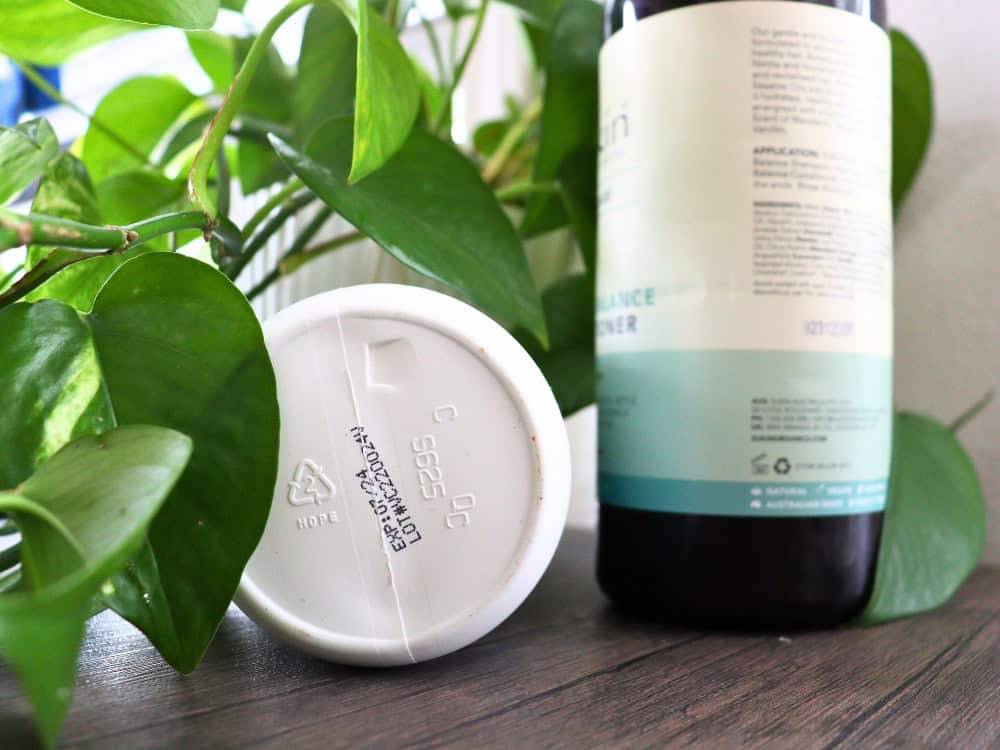
High-density polyethylene is valued for its ability to be strong, durable, and lightweight. It’s also one of the most versatile plastics in the world, found in anything from construction, automotive, and medical products to food packaging and personal care products.
It’s safe to say you’ve probably touched a piece of HDPE at some point today: shampoo and conditioner bottles, bleach bottles, laundry soap, milk jugs, and motor oil containers.
Being so ubiquitous, it’s fortunate HDPE is one of the easier plastic materials to recycle. Most US curbside programs accept HDPE alongside PET (sometimes in the same bin).
Unfortunately, HDPE is often blended with plastic #5, polypropylene (PP), and given that PP isn’t so easy to recycle, contamination is a big problem. While we’re creating better recycling systems to separate PP from HDPE, until then, expect the recycling rate to hover around its 2018 rate of 29.3%.
Plastic #3: Polyvinyl chloride (PVC)
Of all the kinds of plastic that should be avoided, PVC is at the top of the list—and it’s the third most used plastic polymer, used in construction materials, healthcare, fitness equipment, fashion, and food preparation items.
On its own, PVC is a solid white material. In this form, it’s known as unplasticized polyvinyl chloride (UPVC). This is the most recognized form of PVC, which takes the form of plastic pipes, house siding, vinyl flooring, window frames, toys, baby dishes, and seals for double glazed windows.
Plasticized polyvinyl chloride, on the other hand, is PVC transformed into something more flexible through the addition of chemical plasticizers (AKA phthalates), and appears in shrinkwrap, raincoats, yoga mats, and some kinds of vegan leather.
To be clear (like those PVC see-through bags), PVC belongs nowhere near our bodies. The main component of PVC, vinyl chloride, is a known carcinogen with all kinds of associated health impacts on humans.
This so-called “poison plastic” has a bad reputation when it comes to recycling, too. Although it’s one of the most common plastics, very little of it gets recycled (around 0.1% to 3% in the US) due to its toxicity making the process very difficult. Most PVC usually ends up in an incinerator or landfill, where it is associated with a high rate of dioxin production—which is highly toxic to humans and wildlife.
While PVC is undoubtedly still the most toxic of all plastic types, the European PVC industry has developed VinylPlus which works to improve the life cycle of PVC products as per the EU’s Circular Economy Package and Plastics Strategy.
Plastic #4: Low-Density Polyethylene (LDPE)
LDPE is used in construction (floor tiles), shipping envelopes, health care, food packaging, and just about all types of plastic bags and plastic film packaging.
Technically, LDPE is a type of recyclable plastic, though this is much easier said than done. Sure, that plastic bag from the grocery store can be turned into another new bag, yet the US recycling rate of LDPE hovers around 6.2%.
This is because LDPE tangles easily, causing backups or breakages in recycling sorting, which leads many centers to not accept this pesky plastic at all. While some grocery stores offer the opportunity to return your #4 plastic via collection bins, it’s better off to avoid this kind of plastic—especially when reusable bags are already part of that zero waste kit.
Plastic #5: Polypropylene (PP)
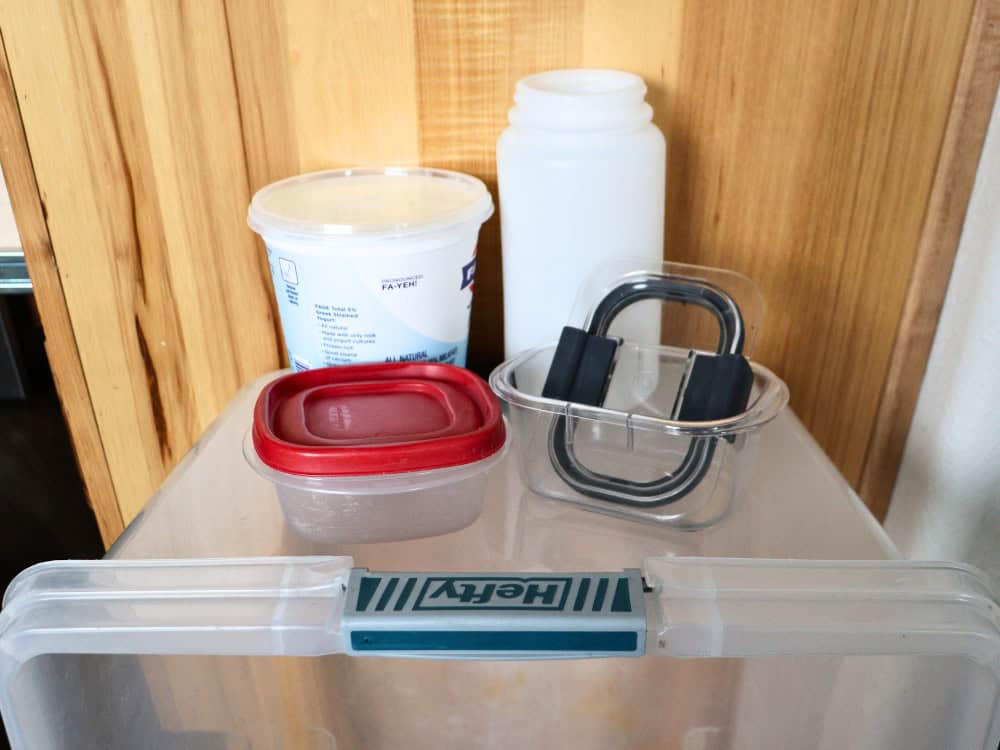
Polypropylene is among the more thick and durable plastic types, meaning it’s used extensively in automotives, consumer products, textiles, and packaging. It accounts for 16% of the entire plastics industry.
One feature of polypropylene that makes it such a valuable plastic is that it can be easily blended with different kind of plastic and biodegradable polymers (like PLA) alike, making it extremely versatile. You’ll see #5 on toys, cups, deodorant tubes, K-cup coffee dispensers, yogurt containers, reusable shopping bags, and dishwasher-safe kitchenware.
It’s also cheap. In fact, virgin polypropylene is cheaper to produce than it’s recycled version—which is why only around 1% is recycled. Instead, it takes decades to decompose in landfills leaching toxic chemicals like lead and cadmium. Like PVC, incinerating it releases dioxins and vinyl chloride.
While # 5 plastics have yet to be recycled on a wide scale, in 2020, the Polypropylene Recycling Coalition released funding to allow recyclers to purchase equipment to be able to properly recycle polypropylene.
Plastic #6: Polystyrene (PS)
Polystyrene is made by polymerizing the chemical styrene. Styrene is commonly found in the manufacturing of many products but also found naturally in foods like coffee, cinnamon, beef, and strawberries.
This versatile plastic is used in many consumer goods, like packaging, toys, equipment, automobile parts, gardening pots, and more. Most recognizably, it’s transformed into Styrofoam. These expanded polystyrene (EPS) or extruded polystyrene (XPS) foams become package cushioning insulation and food takeout containers.
Although polystyrene has likely made it into the laptop or mobile phone you’re reading this article on, it is not usually included among types of recyclable plastic. As a light yet bulky material, so it’s difficult to collect and takes up large amounts of space in a recycling truck and increasing the difficulty of transport.
While a few municipal recycling programs that accept plastic # 6, many do not. Some pack-and-ship locations (like FedEx and UPS) will accept clean foam packing peanuts for reuse as shipping filler.
Plastic #7: Miscellaneous
The #7 plastic categorization is much like that junk drawer in your kitchen: a catch-all for all the weird things that don’t belong elsewhere. While any rigid plastic unlabeled with a recycling number could be considered # 7, here are a few kinds of plastics that commonly fall into this category:
- Polycarbonate
- Polylactide
- Acrylic
- Acrylonitrile
- Butadiene
- Fiberglass
- Nylon (nylon is one of the more recyclable forms of #7, as demonstrated by things like Econyl swimwear and activewear)
There are no standard recycling practices for this category, namely because of concerns of chemical leaching. For example, polycarbonate commonly found in car parts, baby bottles, and sippy cups (yikes!) is known to contain the known carcinogen Bisphenol A (BPA), which is why #7 plastics are not accepted by most recycling facilities.
Did you know we Have a Newsletter?
We cover the latest in sustainable living, fashion, zero waste, beauty, travel, finance and more…
Pin these:





